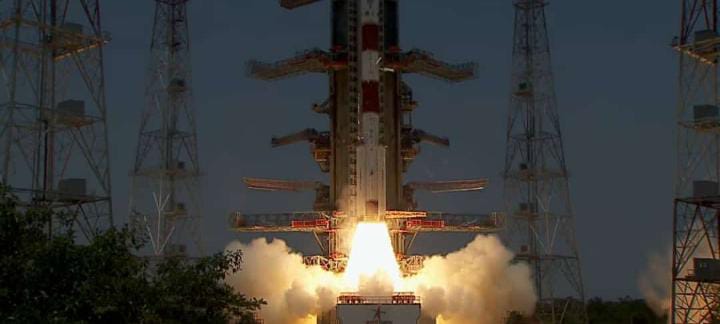Latest Updates
Aditya-L1 Launch a success, satellite to take 125 days to start transmitting information

ISRO successfully launched its maiden solar mission, the Aditya L1 in a PSLV rocket from Sriharikota on Saturday. It'll take the satellite 125 days to place itself into the desired orbit and then transmit information pertaining to the solar corona and in situ observation of the solar winds in real time.
Mission Aditya L1 is of great significance in the field of solar astrophysics and astronomy, its Liquid Propulsion System Centre will be playing a pivotal role in ensuring that the spacecraft latches onto the Lagrangian Point orbit. It is here that it will get a clear view of the sun, and then start 'uncovering the mysteries of the sun.'
The Visible Emission Line Coronagraph is carrying seven payloads that will study the sun and its subsequent impact on space weather and the earth. Four of the seven payloads will be observing the nature of the light of the sun, and the other three will map and gauge the in situ parameters of the sun's plasma and its magnetic field.
The primary payload of Aditya L1 has been programmed to send an image every minute, making it 1440 images in a day, back to the earth for research, study and analysis. "From the continuum channel, which is the imaging channel, an image will come -- one image per minute. So approximately 1,440 images for 24 hours, we will be receiving at the ground station", said Dr Muthu Priyal, Aditya L1 Project Scientist and Operation Manager for VELC to PTI. The Indian Institute of Astrophysics has said that the primary payload will be responsible for sending images over a period of 5 years, however, it could last longer depending upon its fuel consumption. The IIA fraternity is hopeful that the satellite will start sending the images by February after it places itself into orbit in January.
Driven by the passion to make paradigm-shifting changes in the field of astronomy, the solar mission Aditya L1 has been designed to understand the origin, dynamics and get a better understanding of the sun's corona. This in turn will help the scientists understand the fundamentals of the sun and its impact on the people of the earth.









